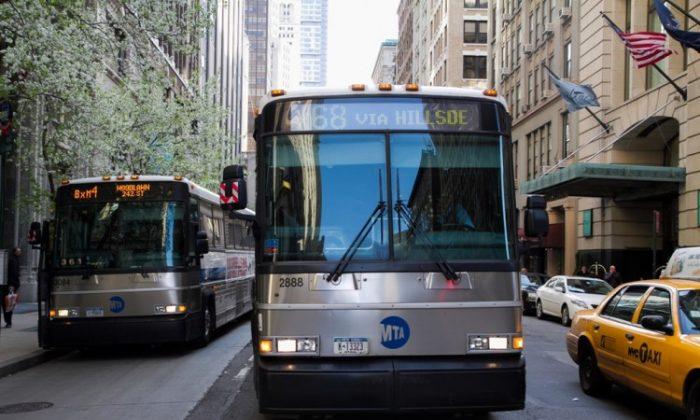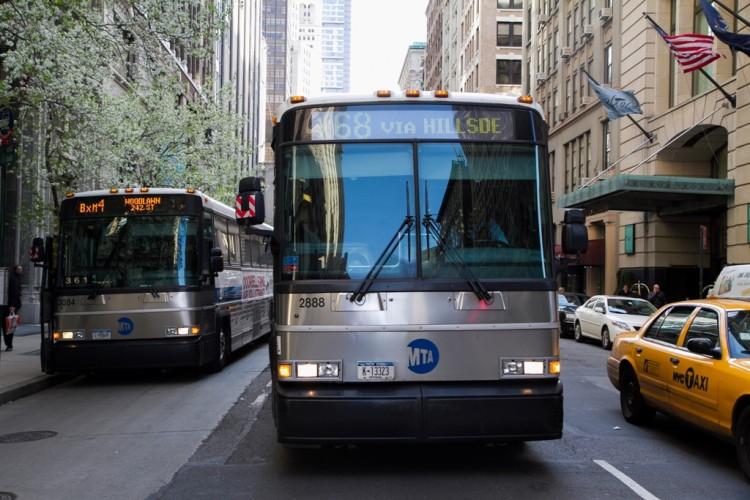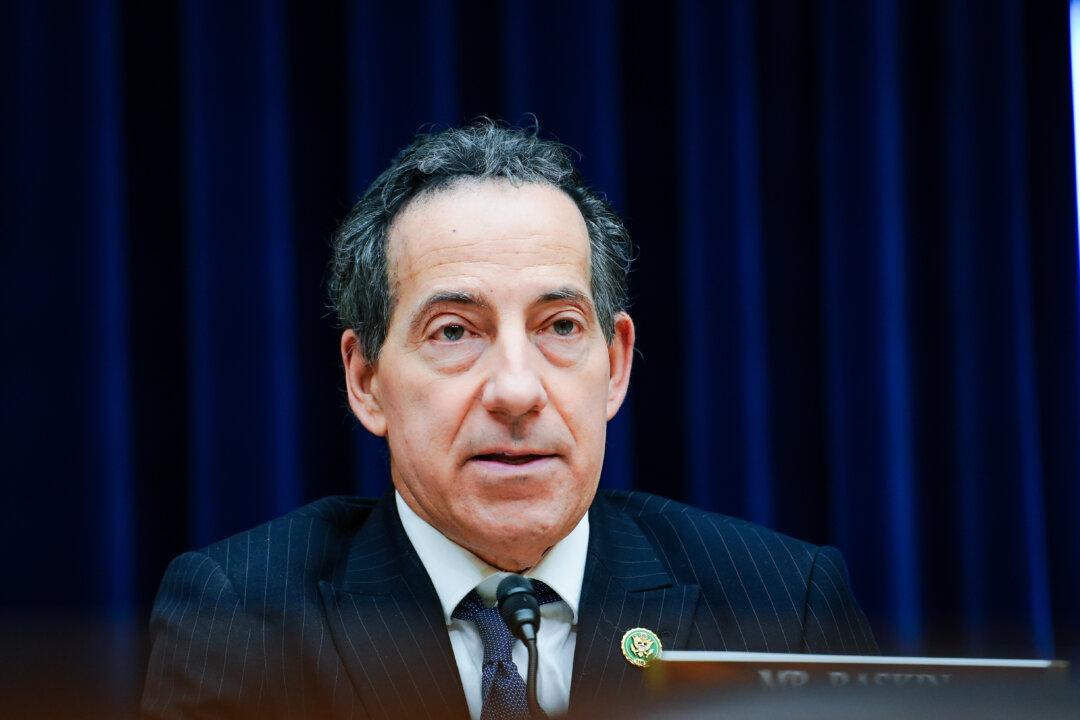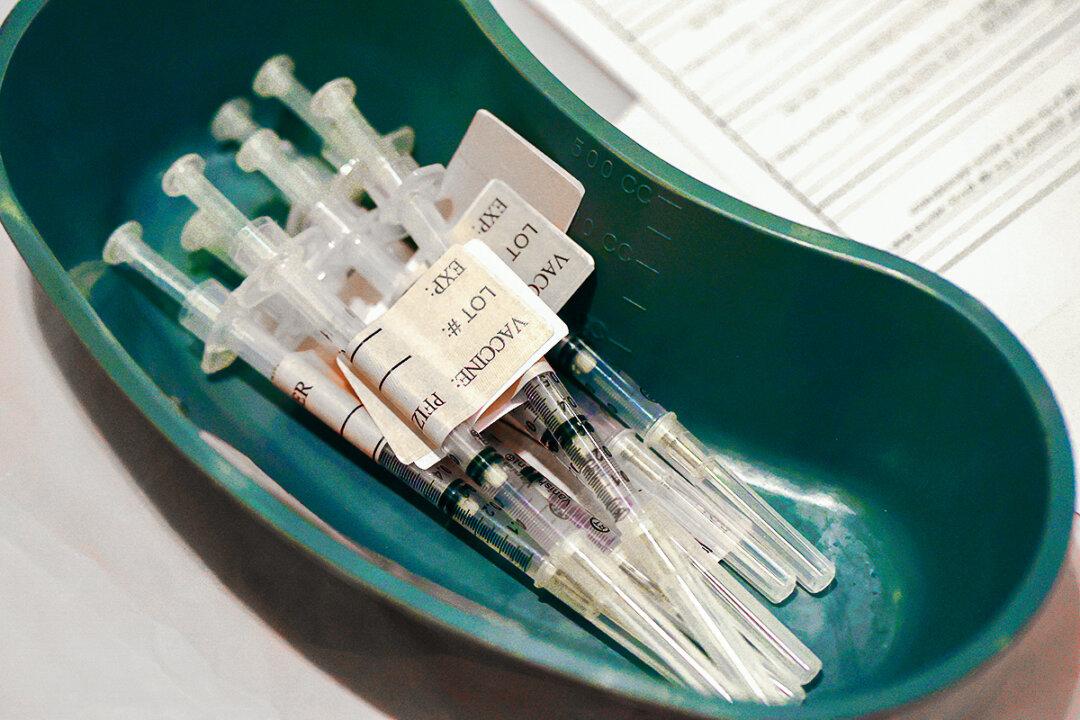NEW YORK—Assaults on subway and bus operators has long been a concern for elected officials, the public, and the operators themselves.
Now, after two days and two incidents—a bus operator was stabbed with a syringe Sept. 24, then another operator had a cup of coffee thrown on him—the Transit Workers Union (TWU) wants something done.
“There have been too many of my operators getting hurt,” said J.P. Patasio, staff organizer with the union.
The Metropolitan Transportation Authority (MTA), which runs the subway and bus systems, has focused on installing cameras and bus operator shields to protect drivers.
But members of the Transit Workers Union (TWU) have said the authority is not doing enough.
“This could have been avoided,” Marc Salandy, the bus operator who was stabbed with a syringe, said during a press conference broadcast on WPIX 11 Monday. “I feel like transit could have put up these partitions six years ago.”
Workers at the Jackie Gleason Bus Depot in Brooklyn, including Salandy, organized the conference to show their frustration, Patasio said.
The MTA is “giving a lot of lip service to the problem, but from what the members can see the pace has been very, very slow—too slow,” he said.
On the other hand, the MTA said it has been addressing the issue, including working with the NYPD and the five district attorneys “to emphasize how attackers must be caught and prosecuted as harshly as possible.”
The MTA is doubling the number of members of its Eagle Teams, which crack down on fare evaders on buses.
At least a quarter of assaults on bus operators are linked to a fare dispute, according to testimony from an MTA official late last year at a City Council hearing on the issue.
Out of 5,602 buses, the MTA has installed the bus operator shields on 650 buses, and will install more, but not on express buses and buses about to be retired.
The MTA has also installed cameras in more than 600 buses, though Patasio of the TWU said cameras don’t give protection, so they’re not the same as shields.
Assault numbers through August are about the same as last year (62 versus 59 for Jan.-Aug.), but the MTA said in a statement: “that doesn’t matter— attacking a bus operator is a serious crime, and we need to show the perpetrators just how serious it is.”
Patasio said likely reasons behind assaults on bus operators range from being angry about fare increases to difficult personal situations.
“Times are tough,” he said. “People are more stressed, and when people are more stressed, things could happen.”
The union wants an advertising campaign about the problem; the MTA says it will look at the proposal but can’t commit at this time.
Meanwhile, a trial for a women accused of attacking a bus operator after the operator objected to her bringing an uncaged dog on a bus will be held 9 a.m. Thursday at Bronx Criminal Court.
The Epoch Times publishes in 35 countries and in 19 languages. Subscribe to our e-newsletter.








Friends Read Free